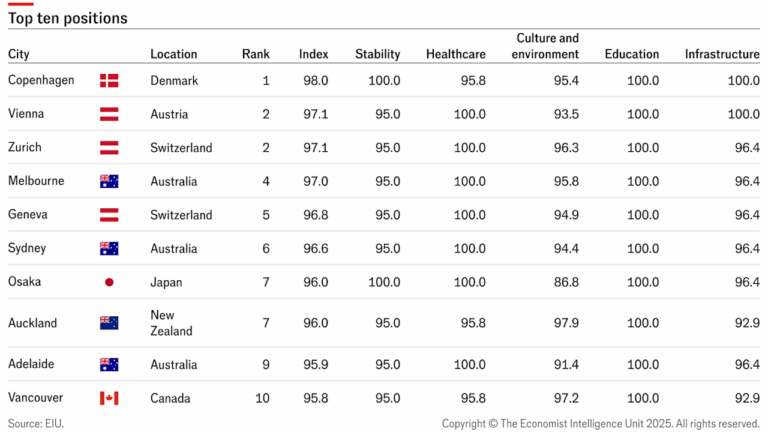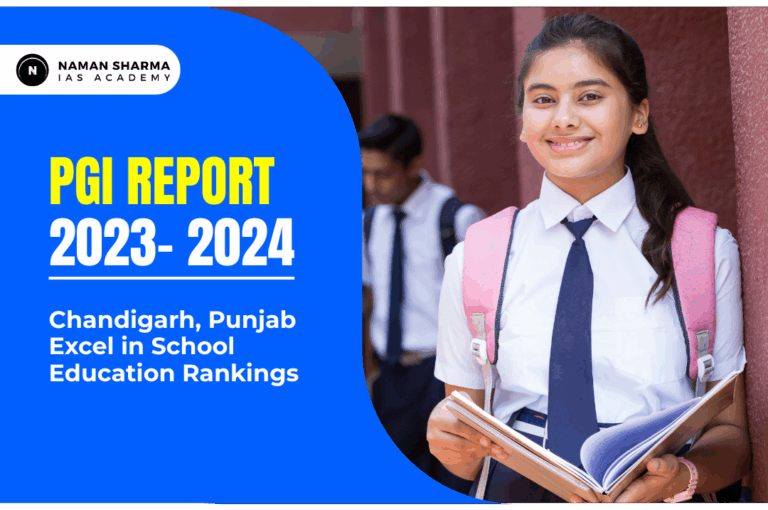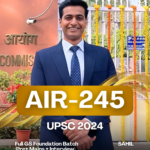POWERFUL JUDICIAL REMEDY FOR WASTE MANAGEMENT
India’s plastic pollution crisis, highlighted by a recent Nature study, reveals a staggering reality: the country emits 9.3 million tonnes of plastic annually, contributing to 20%.
RELEVANCE : Prelims(Factual recall) : Plastic waste management rules 2016 (amendment 2018 , 2021 , 2022 and 2024), Central pollution control board (CPCB) Mains(analytical depth) : GS3 Environment and Pollution control
CONTEXT
India’s plastic pollution crisis, highlighted by a recent Nature study, reveals a staggering reality: the country emits 9.3 million tonnes of plastic annually, contributing to 20%. Despite a claimed 95% collection rate, much of India’s waste goes unsegregated, unprocessed, and often, unaccounted for. In the recent “TAMIL NADU PLASTIC BAN CASE” , the Supreme Court of India emphasized that environmental protection is not merely a regulatory obligation but a constitutional imperative.
ANALYSIS
1. Lack of Data = Lack of Governance (Flawed data)
India’s solid waste data remains either underestimated or methodologically inconsistent. Collection statistics often exclude informal sectors and open burning—leading to flawed policy making.Official data claims 95% waste collection but excludes rural areas, informal recycling, and open burning. Actual plastic waste generation is 0.54 kg/capita/day, not 0.12 kg as reported.
2. Judicial Vigilantism vs. Constitutional Duty
The SC’s intervention is not judicial overreach—it is constitutional guardianship. By reinforcing Articles 21 and 48A, the Court places waste management within the ambit of right to life and environmental justice.
Role of “Continuing Mandamus”
● Government Pay Principle: Interim compensation by the state, recoverable from polluters later.
● Continuing Mandamus: Courts monitor compliance until goals are met, ensuring time-bound action.
3. Reinforcing the Polluter Pays Principle
Court reiterated that polluters are liable not only for compensation but restoration. Failure to comply with environmental rules results in civil liabilities, even without direct intent.
4. Role of Local Bodies and Decentralisation
Panchayats and ULBs are key to managing solid waste but lack funding, infrastructure, and autonomy.Court urged localised solutions via Public Information Boards (PIBs) and waste kiosks.
Policy Solutions: EPR and Tech-Driven Waste Management
Extended Producer Responsibility (EPR):
○ Mandate Producers, Importers, Brand Owners (PIBOs) to set up waste collection kiosks nationwide.
○ Geotagging infrastructure (e.g., landfills, MRFs) for real-time tracking.
Rural Inclusion
Integrate panchayats into waste management frameworks.
Tech Integration
Leverage India’s IT prowess for waste audits and blockchain-based EPR compliance.

PRELIMS FOCUS
Plastic Waste Management Rules, 2016
It mandates the generators of plastic waste to take steps to minimise the generation of plastic waste, not to litter the plastic waste, ensure segregated storage of waste at source & hand over segregated waste in accordance with rules.
The PWM Rules, 2016 cast Extended Producer Responsibility (EPR) on Producer, Importer, and Brand Owner and EPR shall be applicable to both pre-consumer and post-consumer plastic packaging waste.
Increased the minimum thickness of plastic carry bags from 40 microns to 50 microns
Plastic Waste Management (Amendment) Rules 2018
Phasing out of multi-layered plastic (MLP) (material used or to be used for packaging and having at least one layer of plastic) is now applicable to MLP which are “non-recyclable, or non-energy recoverable, or with no alternate use.”
Plastic Waste Management Amendment Rules, 2021
Prohibits identified single-use plastic items that have low utility and high littering potential by 2022. Extended Producer Responsibility is legally enforced through it.
Plastic Waste Management (Amendment) Rules, 2022
Introduced guidelines on EPR for plastic packaging. These guidelines set mandatory targets for EPR, recycling of plastic packaging waste, reuse of rigid plastic packaging, and the use of recycled plastic content.Environmental compensation will be imposed on those who fail to meet EPR targets
Plastic Waste Management (Amendment) Rules 2024
Biodegradable plastics are now defined as materials capable of degradation by biological processes in specific environments like soil and landfill, without leaving any microplastics. Microplastics are defined as any solid plastic particle insoluble in water, with dimensions between 1 micron and 1,000 microns
Expanded Definition of “Importer”:The definition now includes imports of various plastic-related materials such as packaging, carry bags, sheets, raw materials, and intermediate materials used in plastic manufacturing for commercial purposes.Manufacturers are allowed to produce carry bags and commodities from compostable or biodegradable plastics, and must obtain a certificate from the Central
Pollution Control Board (CPCB) before marketing or selling their products.
CENTRAL POLLUTION CONTROL BOARD
● Constituted in 1974 under Water(Prevention and Control of Pollution) act
● Entrusted with powers and function under Air(Prevention and Control of Pollution) act 1981
● Technical services to Ministry of Environment and Forests
PRACTICE QUESTION
Q. With reference to Plastic Waste Management in India, consider the following statements:
1.India has a pledge to phase out Single Use Plastics (SUPs) by 2025.
2.The Plastic Waste Management Rules, 2022, provide for classification of plastics in four categories.
3.The rules also provide for Extended Producer Responsibility (EPR) for plastic packaging.
Which of the statements given above is/are correct?
(A) 1 and 2
(B) 1 and 3
(C) 2 and 3
(D) 1,2 and 3
MAINS PRACTICE QUESTION
Q. “Judicial activism has emerged as a critical tool in bridging the governance gaps in India’s waste management system.” Discuss in light of the recent Supreme Court verdict on plastic waste in Tamil Nadu. (250 words)







